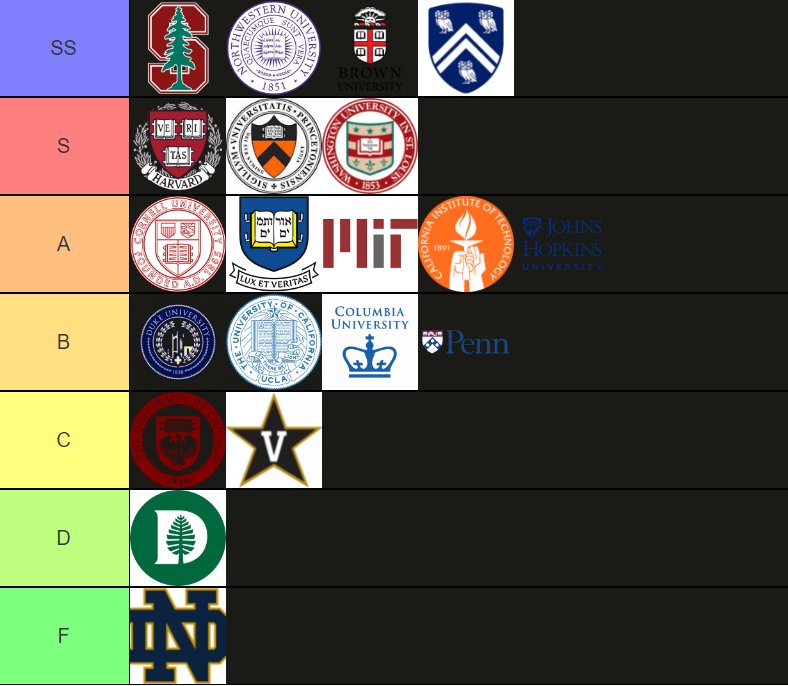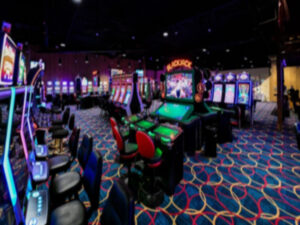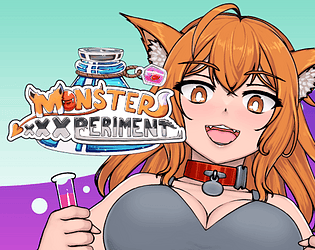Artificial Intelligence Tools That Facilitate Creative Processes in Art, Music, and Media Production

Artificial intelligence has rapidly transformed creative industries, offering tools that enhance productivity, inspire new ideas, and streamline complex processes. From visual arts to music composition and media production, artificial intelligence (umela inteligence) -powered solutions are helping creators achieve outcomes that were once time-consuming or technically challenging. These tools do not replace human creativity but augment it, enabling artists and producers to explore novel possibilities and focus more on the conceptual aspects of their work.
AI in Visual Arts
In the realm of visual arts, AI tools can generate images, assist with design, and provide innovative ways to manipulate digital content. Platforms powered by AI can create realistic illustrations, abstract art, and even mimic famous painting styles. Artists can input ideas, sketches, or keywords, and the AI produces multiple variations that serve as inspiration or starting points for further refinement.
Beyond creation, AI also supports editing and enhancement. Tools for color correction, image upscaling, and automatic background removal reduce manual effort and improve efficiency. These technologies allow artists to focus on conceptual creativity rather than repetitive tasks, giving them more freedom to experiment and refine their work.
AI in Music Composition
AI has also revolutionized the field of music production. Algorithms can compose melodies, harmonies, and rhythms based on user preferences or existing musical patterns. Musicians can generate backing tracks, explore different genres, or even collaborate with AI to create complex compositions that might be difficult to achieve alone.
Additionally, AI tools aid in sound design, mixing, and mastering, automating tasks that previously required specialized expertise. For independent artists, this lowers the barrier to professional-quality production and accelerates the creative workflow. AI can also provide adaptive suggestions for chord progressions, tempo adjustments, or vocal harmonization, expanding the creative possibilities for both amateur and professional musicians.
AI in Media Production
In media production, AI is increasingly used to enhance video editing, animation, and storytelling. Automated video editing tools can analyze footage, detect scenes, and create rough cuts based on user-defined criteria. This significantly reduces the time required to produce high-quality content, allowing editors and producers to focus on narrative development and visual storytelling.
AI also facilitates motion graphics, 3D animation, and visual effects. By predicting object movements or automating rendering processes, creators can bring complex concepts to life with greater efficiency. Furthermore, AI-driven transcription and subtitling tools streamline post-production workflows, making content more accessible and saving valuable time.
Collaborative Creativity Through AI
One of the most significant advantages of AI in creative industries is its role in collaboration. AI tools can act as creative partners, offering suggestions, exploring variations, and generating alternatives that humans might not consider. This collaborative interaction encourages experimentation and pushes the boundaries of traditional artistic practices.
By integrating AI into the creative process, teams can combine human intuition and emotional understanding with computational efficiency and pattern recognition. This results in innovative outputs that are both technically impressive and emotionally engaging.
Challenges and Considerations
While AI tools offer immense potential, creators must also navigate challenges such as intellectual property concerns, ethical use, and maintaining originality. It is essential to view AI as a supplement to human creativity rather than a replacement. Balancing the efficiency of AI with personal artistic expression ensures that the final product remains authentic and meaningful.
Conclusion
Artificial intelligence is reshaping the way art, music, and media are created. By offering tools for visual design, music composition, and media production, AI enhances creativity, increases efficiency, and opens up new possibilities for innovation. These technologies empower creators to focus on imagination and concept, while AI handles repetitive or technically complex tasks. As AI continues to evolve, its role in the creative process will only grow, fostering a future where human creativity and machine intelligence work hand in hand to produce extraordinary work.







